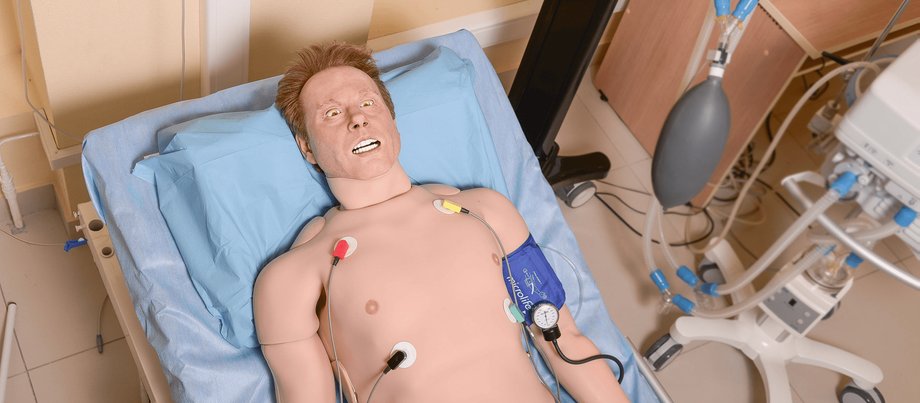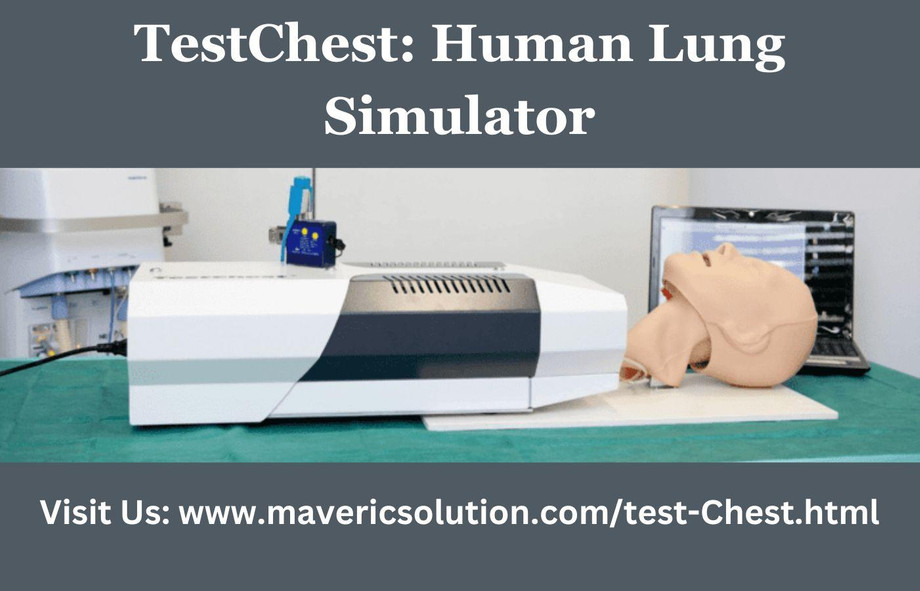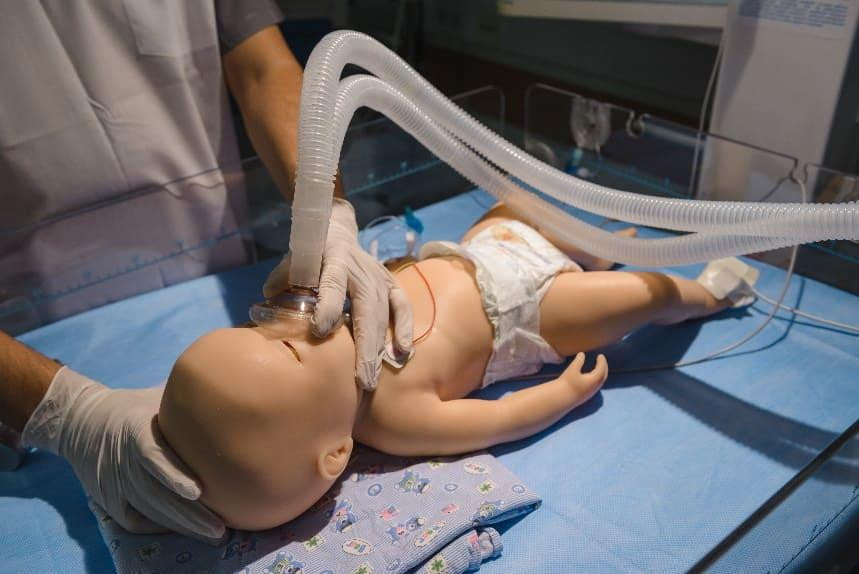A wide variety of full-body human patient simulators have been developed, replicating human anatomy and physiology for training across various medical fields. These simulators help practitioners refine clinical skills, improve patient care, and boost their confidence before interacting with actual patients. Below is an in-depth look at five key types of patient simulators, ranging from adult to neonatal models.
A full-body human patient simulator serves as the backbone for medical and paramedical education. This high-fidelity simulator replicates human functions such as breathing, pulse, heart rhythms, and more. It offers the flexibility to mimic various clinical scenarios cardiac arrests, respiratory distress, or trauma situations ensuring medical teams are well-prepared for emergencies.
Key Features:
- Simulates physiological responses to treatment in real-time.
- Supports invasive procedures like intubation, CPR, and defibrillation.
- Provides real-time monitoring through ECG, pulse oximeters, and ventilators.
- Useful for interdisciplinary training, including nursing, anesthesiology, and emergency medicine.
A BLS simulator focuses on life-saving techniques critical in emergencies, such as cardiopulmonary resuscitation (CPR) and airway management. This simulator is designed to train healthcare providers in Basic Life Support protocols through hands-on practice and performance analysis. It is commonly used for CPR certification courses and emergency response training.
Key Features:
- Provides feedback on compression depth, rate, and ventilation quality.
- Allows airway management training, including the use of bag-mask devices.
- Supports real-time scenario-based assessments for cardiac arrest responses.
- Integrated with automated external defibrillator (AED) training modes.
BLS simulators help build confidence and precision in both healthcare professionals and first responders, ensuring better patient outcomes in critical situations.
A pediatric patient simulator is designed to replicate the unique physiology of children, allowing healthcare providers to practice the care required for younger patients. Treating pediatric patients demands specialized knowledge, and this simulator allows trainees to experience a range of conditions, from fever and dehydration to cardiac emergencies.
Key Features:
- Adjustable physiology to mimic various pediatric age groups.
- Enables practice of procedures like intravenous therapy, intubation, and pediatric CPR.
- Realistic responses to treatments, including medication reactions and seizures.
- Integrated with monitoring systems for heart rate, oxygen levels, and temperature.
These simulators play a vital role in teaching pediatric nurses, emergency responders, and pediatricians how to manage the challenges of treating children effectively.
The full-body neonatal patient simulator focuses on newborn care and helps prepare healthcare professionals for neonatal emergencies. Neonates require specialized care, especially in critical conditions like asphyxia, respiratory distress, or congenital issues. This simulator allows trainees to manage delicate newborn situations with hands-on practice.
Key Features:
- Realistic neonatal size, weight, and physiological parameters.
- Supports training for neonatal resuscitation protocols (NRP).
- Provides scenarios for preterm birth, respiratory management, and jaundice care.
- Allows practice of umbilical catheterization and intravenous access in newborns.
With neonatal patient simulators, medical staff in NICUs and delivery rooms gain the skills necessary to provide life-saving interventions for newborns in their most vulnerable moments.
An infant patient simulator bridges the gap between newborn and pediatric care, representing the physiology of infants aged 1-12 months. This simulator is essential for training healthcare providers to manage conditions that are specific to infants, such as failure to thrive, febrile seizures, and respiratory infections.
Key Features:
- Realistic physical features and airway structures for intubation training.
- Simulates vital signs and symptoms of common infant illnesses.
- Enables practice of pediatric basic and advanced life support (PALS).
- Scenarios for dehydration, anaphylaxis, and respiratory failure.
The full-body infant simulator is invaluable in emergency departments, pediatric units, and ambulances, ensuring healthcare teams are equipped to manage infant emergencies effectively.
The integration of full-body human patient simulators and specialized pediatric, neonatal, and infant models into medical education has transformed healthcare training. These simulators offer lifelike experiences that sharpen clinical skills, improve response times, and reduce errors in real patient care. From BLS simulators that focus on life-saving procedures to specialized neonatal models that train for delicate newborn interventions, these tools provide unparalleled learning opportunities.
Investing in patient simulators not only enhances the competence of healthcare professionals but also ensures better patient outcomes through realistic, hands-on training. As medical challenges grow more complex, full-body simulators will continue to play a crucial role in equipping healthcare teams with the skills and confidence needed to provide excellent care at every stage of life.
For more info: https://www.mavericsolution.com/




